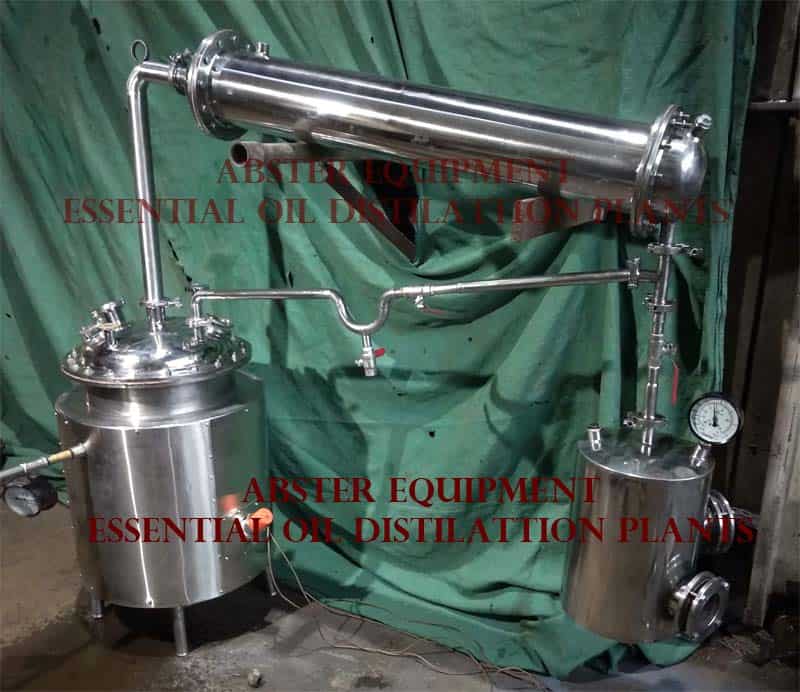Distillation identification
Essential oil – Distillation is defined as a process in which a liquid or vapour mixture of two or more substances is separated into its component fractions of desired purity, by the application and removal of heat.
Distillation for extraction of essential oil
The choice of a particular process for the extraction of essential oil is generally dictated by the following considerations:
a) Sensitivity of the essential oil to the action of heat and water.
b) Volatility of the essential oil
c) Water solubility of the essential oil
Essential oil with high solubility in water and those that are susceptible to damage by heat cannot be steam distilled. Also, the oil must be steam volatile for steam distillation to be feasible. Most of the essential oil in commerce are steam volatile, reasonably stable to heat and practically insoluble in water; hence they are suitable for processing by steam distillation. Essential oil is a mixture of various aroma chemicals, basically monoterpenes, sesquiterpenes and their oxygenated derivatives, having a boiling point ranging from 150° to 300° C.
There are many different methods of essential oil extraction from plants: steam distillation, water/hydro distillation, water-steam distillation, solvent extraction (concrete), extraction with wax (hot wax, cold wax), cold press (like citrus oils), SFE (super critical fluid extraction). It is easy to find them in the lab scale. However, hydro distillation and steam distillation are used in industries for the isolation of volatile oil. The advantage of steam distillation is that the plant material can be recovered after oil extraction for solvent extraction for the isolation of other non volatile compounds whereas in hydro distillation the plant material is continuously boiled and not possible to recover. For large scale distillation handling of water is also not convenient. Recovery of oil is higher in hydro distillation compared to steam distillation.
-
Water or Hydro distillation
Water or Hydro distillation is also an official standard method for extracting essential oil for quality control, which is sometimes used instead of steam distillation.
The plant material is totally immersed in water and boiled. The steam and oil vapour is condensed and the oil is separated from the water using the system. The stills used are simple and suitable for smallholder farmers. They are often heated over an open fire, which if not carefully controlled, may result in local overheating and burning of the charge. The quality of the oils produced in such traditional stills can be improved if they are heated by steam generated in a separate boiler. This, however, requires more expenditure in capital equipment. Hydro distillation remains the recommended method for barks, such as cinnamon and sandlewood and certain flowers.
The oil extraction method of Agarwood (known as oud, eaglewood, oud, oodh, gaharu, aloeswood, agalloch, aguru or jinko) is hydro distillation. In this process rather than having steam pass via powdered wood in hydro distillater, the powder is soaked into water. Then heat the water container until the steam comes out and then let it be cold and then collects the oil from the top of the hydrosol.
-
Steam distillation
Steam distillation is a method for distilling compounds which are heat-sensitive. This process involves
bubbling steam through a heated mixture of the raw material. Steam distillation is employed in the isolation of essential oil, for use in perfumes. It is also sometimes used to separate intermediate or final products during the synthesis of complex organic compounds.
Steam distillation of various aromatic herbs and flowers can result in two products; an essential oil as well as a watery herbal distillate. The essential oil is often used in perfumery and aromatherapy while the watery distillates have many applications in aromatherapy, food processing and skin care.
Tags agalloch | agar oil | aguru | aloeswood | boiler | distillation | eaglewood | essential oil | gaharu | hydro distillation | jinko | oil extraction | oodh | oud | steam coil | steam distillation | volatile
Related Posts
Comments are closed.

